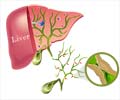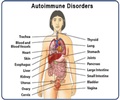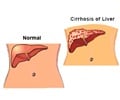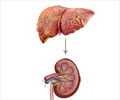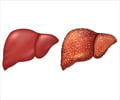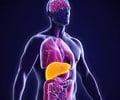- Simon Hohenester & Ronald P. J. Oude-Elferink & Ulrich Beuers. Primary biliary cirrhosis. Semin Immunopathol (2009) 31:283–307.
- Harrison’s Principles of Internal Medicine 17th edition
About
Biliary cirrhosis occurs due to obstruction to the flow of bile through bile ducts either within the liver or outside the liver.
Cirrhosis is a disease where normal liver tissue is replaced by scar tissue. Thus, the liver is unable to function properly resulting in liver failure. The most common causes of cirrhosis are alcoholism and hepatitis. Others include conditions like primary and secondary biliary cirrhosis, autoimmune hepatitis, primary sclerosing cholangitis, hemochromatosis, Wilson’s disease and right-sided heart failure.
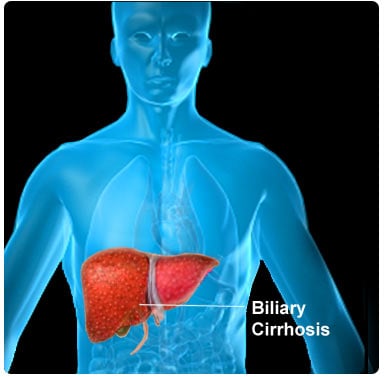
Primary biliary cirrhosis (PBC) is seen more commonly in middle – aged females. It probably occurs due to an autoimmune reaction, wherein the body fails to recognize certain tissues as its own, and launches an attack against them by producing proteins called antibodies. A person may be genetically prone to develop PBC. Certain environmental conditions may also trigger the development or worsening of the disease. These conditions include staying in regions with soil contaminated with toxins, use of hormone replacement therapy, certain cosmetics and smoking. Bacterial or viral infections may also trigger the reaction. Patients with PBC may in addition suffer from other autoimmune diseases like thyroid disease and Sicca syndrome.
Patients with primary biliary cirrhosis survive for 7 to 16 years once the diagnosis is made. However, the survival has now improved due to treatment with urso-deoxycholic acid (UDCA) and liver transplantation.
Patients may suffer from symptoms like fatigue, itching, upper abdominal discomfort and jaundice. The liver and spleen may be larger than normal. The patient may show accumulation of fluid in the abdomen and legs. Detection of anti-mitochondrial antibodies (AMA) in the blood is an important test, which helps to confirm the diagnosis of PBC. It is positive in nearly 90% patients with PBC.
Secondary biliary cirrhosis occurs due to prolonged obstruction of bile ducts outside the liver. This obstruction may be due to narrowing of the duct, cancer or stone in the duct causing prolonged inflammation.
Complications of biliary cirrhosis include thinning of bone or osteoporosis, vitamin deficiency and repeated urinary tract infections. The patient may also suffer from portal hypertension, cirrhosis and liver failure.


